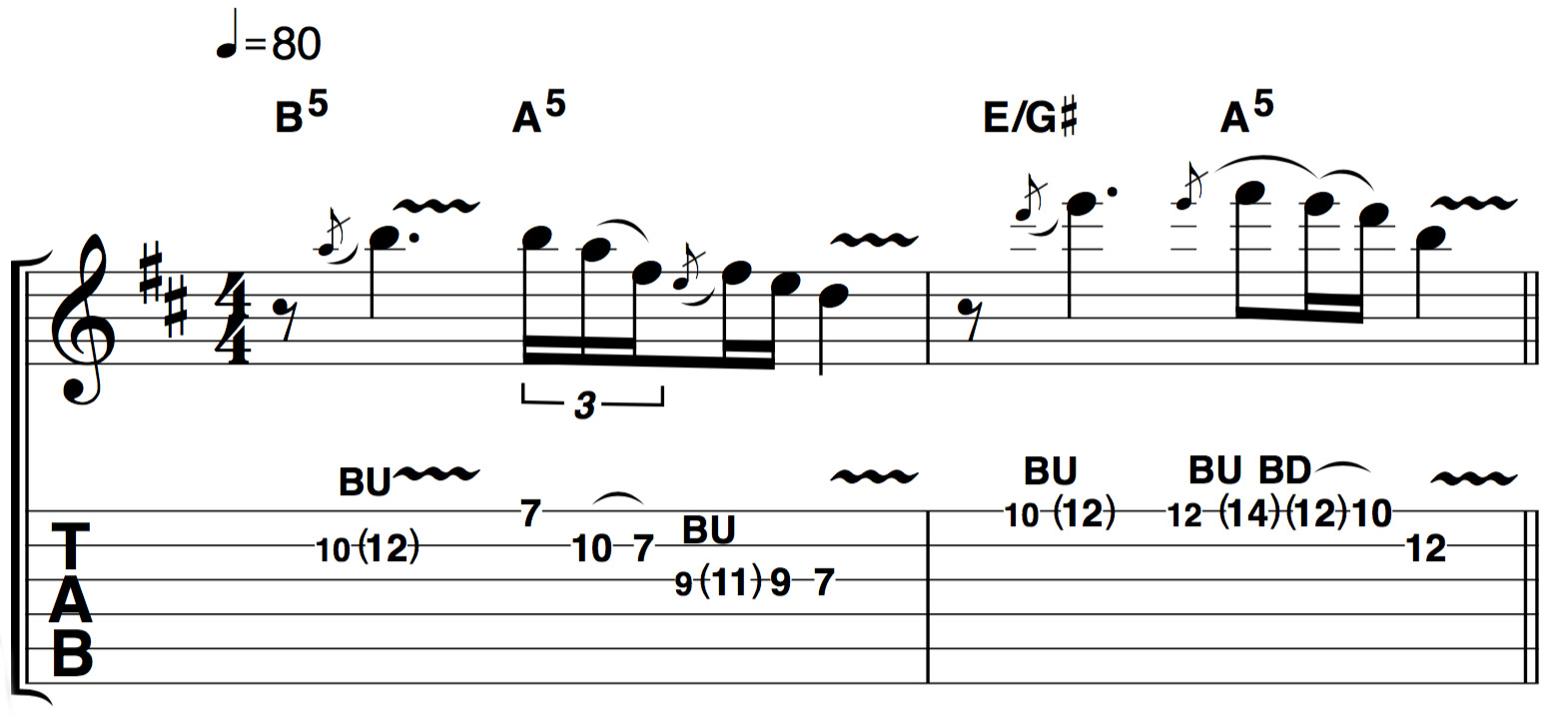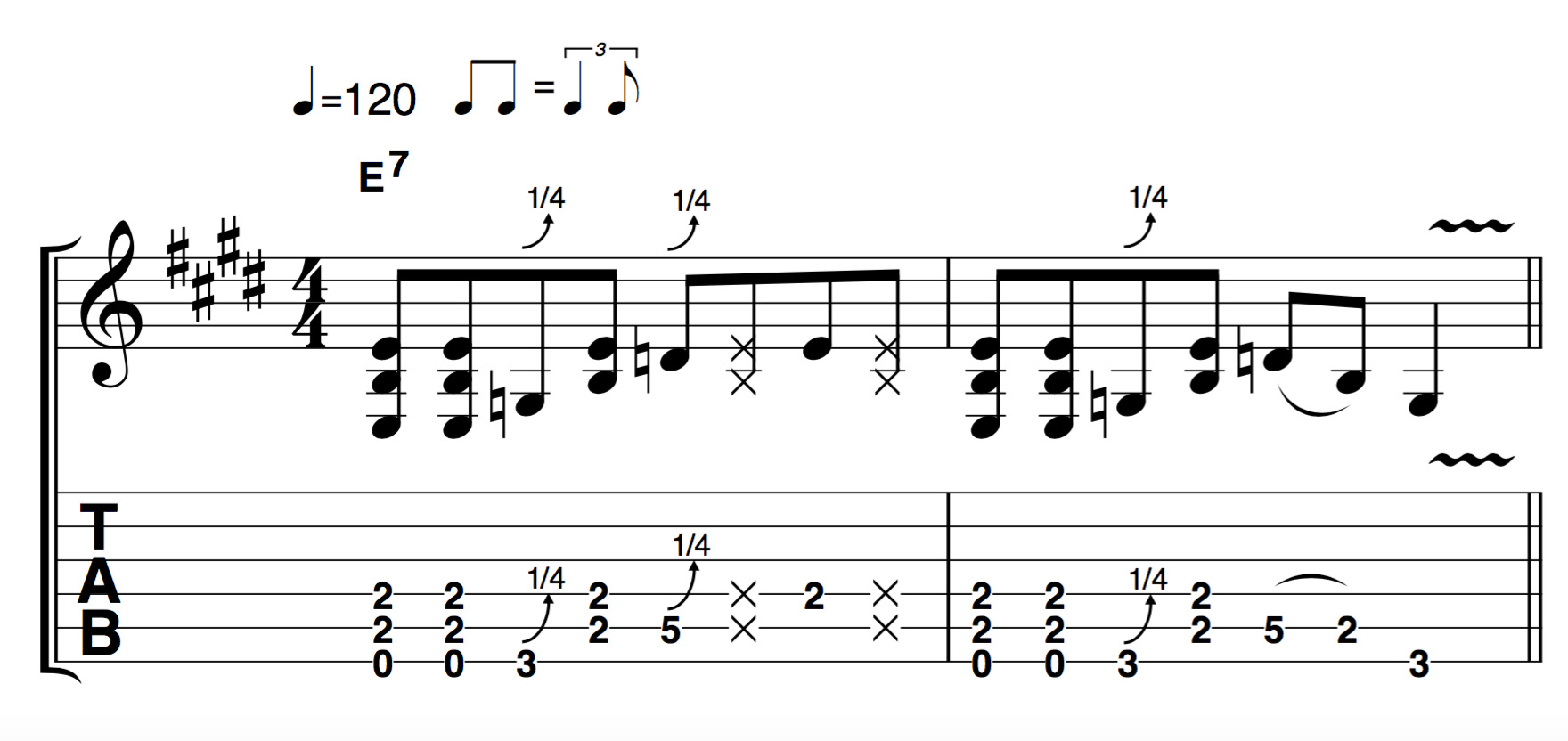The 100 greatest guitarists of all time
A comprehensive rundown of the best guitarists of all time, featuring the trailblazers, the early innovators, the best jazz, rock, indie, blues, metal and acoustic players – and the top guitarists around today...
The best guitarists in the world right now

1. Nita Strauss
Nita Strauss is the very definition of a guitar hero in the modern age. In 2018, she joined the likes of Steve Vai and Joe Satriani in having her own signature Ibanez model – an achievement that made her the first female musician ever in its history to have done so.
Similar things can be said about the Pandemonium DiMarzio pickups that come fitted on her JIVA axe, a feat she also holds close to her heart having idolised many of the company’s virtuoso endorsees. None of this would have happened if it were not for her dizzying technique and hard work ethic, which has seen her play guitar alongside artists as diverse as Alice Cooper and Demi Lovato.
2. Erja Lyytinen
A top tip from the Finnish blues maestro who spoke to TG in our April edition
“I’ve always loved Albert King’s overbends and experimenting with those sorts of sounds – like bending a whole step up, then come down slightly a microtone, go back up to the first note and repeat that a few times! It’s a great exercise and once you’ve mastered it, it can make the world of difference to your sound.”

Some things never change. Since the dawn of electric guitar-based blues, string bends have been a staple soloing technique – and Erja has a full arsenal of chops. Here in our Lyytinen-style, lick you can hear how bending gradually higher up the fretboard builds the excitement.
3. Mateus Asato
Electric guitar has always been an ensemble instrument, and there are few classic recordings where it appears unaccompanied. Brazilian YouTube sensation Asato exploits the electric guitar’s potential as a true solo instrument.
Often accompanied only by shimmer reverb and delay effects, he takes the chord-melody principle Hendrix started with Little Wing and takes it to lengths perhaps even Jimi wouldn’t have imagined.
Get The Pick Newsletter
All the latest guitar news, interviews, lessons, reviews, deals and more, direct to your inbox!
As with the legendary Chet Atkins, the technique on display is astounding but not ostentatious because it always serves the music. Whether on covers or original compositions, his groove, dynamics, and depth of emotion are compelling.
4. Plini
He’s received accolades from iconic shredders, but the Aussie prog wizard had chords on his mind when he spoke to TG...
“One chord I use way too much is the major 9th. For example, try fretting the 7th fret on the G string, 5th fret on the B string and 9th on the E – so you get the root, 2nd and major 7th. There’s the weird dissonance to those notes; it’s happy but it’s not cheesy happy... It’s an intelligent, happy chord!
“Another type I use could involve the 6th fret on the D [string] with the 5th frets on the B and E strings, muting the G string. Raising that 6th fret note one semitone up gives it a nice resolution. There are various tonalities like that which I enjoy implementing. It’s the same concept with my lead playing; I like to take a note that isn’t quite the one you want it to be... It might be next to it.”
5. Christone ‘Kingfish’ Ingram
The future of blues is safe in the hands of this young talent
Hailing from Clarksdale – the birthplace of blues heroes Robert Johnson and Muddy Waters – this talented young guitarist has been making a name for himself since he appeared on Eric Gales’ 2017 album Middle of the Road. Despite only being 16 at the time of recording, his contributions for the track Help Yourself were delivered with the conviction of an old blues master.

A fierce soloist, Christone also knows how to lay down a solid shuffle riff – an essential part of the blues. Our classic riff is based around the bottom three notes of an E chord, but the surrounding notes make it sound authentic.
6. Tim Henson & Scott LePage
Two of the most technically-capable players of today say they're inspired by simple melodies and having fun
Tim Henson: “I like to write hooks, so sometimes the melodies are simple, which is great, because that’s how it gets stuck in your head. I flex on the inflection of each note. Rather than the amount of notes, it’s how I play each note, so doing a different set of techniques per set of notes keeps the phrase interesting.”
Scott LePage: “Don’t just run up and down scales because you think that’s the answer. If you don’t like playing guitar, you don’t like playing guitar; but if you do, then have fun with it.”
7. Jason Richardson
The All That Remains technician on the subject of arpeggios
“I exclude barring from virtually all triadic shapes when playing ascending and descending arpeggios on every part of the fretboard. I feel that omitting barring helps tremendously in eliminating any possibility of two notes ringing together while moving from note to note through the arpeggio shapes. The literal definition of an arpeggio is a ‘broken chord’, so none of the notes are supposed to ring simultaneously.”
8. Ichika Nito
Anyone who had their mind blown by Eruption in 1978 should be equally amazed that it ultimately led to Ichika Nito. With his sparkling clean tone and sophisticated chord voicings, Nito is in another galaxy from Van Halen, but he expands the possibilities of finger tapping just as Eddie did.
He often plays the instrument more like a piano, reminiscent of '80s genius Stanley Jordan. Like Mateus Asato, Ichika is rarely seen with a pick or a backing track, and his flawless technique is made even more apparent by his exposed clean tone. He shows that virtuoso guitarists can make original, beautiful music.
9. Nick Johnston
The Canadian solo artist on his preferred techniques
“The first thing that attracts me to a player is the touch. It’s their vibrato, the sound of their hands. It’s not about how much technique they’ve developed, or what they can do with the guitar. It’s more about notes, pitch, harmony, songwriting, and melody.
“It’s the stuff that you don’t develop in the first 10 years of playing guitar. It’s the stuff that takes a lifetime. I use some legato lines, hybrid picking stuff, some of the bending stuff. I watch [myself] back and it’s like, ‘Oh sh*t, I’m doing that again!’
“I like to take a note that’s not in key, just so there’s a bit of tension, then bend it up. Like, I’ll take the b5, bend it to [the] 5. Basically, I like to take stuff that’s not in [key], and bend it in. With legato, I like string skipping stuff. I do a lot of stuff with the volume knob and pickup slider – the guts of the guitar.”
10. Yvette Young
Another player tearing up the rulebook and taking influence from different instruments
“I never really listen to guitar music, so I only listen to bands and composers. My piano upbringing – the two-handed tapping I play, I approach the guitar just how I’d approach writing polyphony on a piano. I started playing the way I play because I didn’t have a band; I just wanted to sound as full as possible by myself. I think a good melody is eternal. People have just gotta write good riffs and think about tones that aren’t total cheeseballs. Something that’s catchy – we all like catchy shit!”
Also in the running…
Misha Mansoor, Mark Holcomb and Jake Bowen
The Periphery trio harness complex chords and rhythms to show 8-strings are no gimmick.
Lari Basilio
Lari throws technical brilliance into melodic passages without sacrificing tone or musicality.
Ana Popovic
It’s rare a blueser can show such technical proficiency without compromising feel, but Ana rivals Robben Ford and SRV.
Sarah Longfield
Any normal human would be satisfied with one decent fretting hand. Sarah’s utterly clean two-handed technique is just greedy...
King Solomon Hicks
The blues has a fourth King, and he’s a 25 year-old from Harlem.
Current page: The best guitarists in the world right now
Prev Page The best alternative and indie guitarists Next Page TrailblazersJonathan Horsley has been writing about guitars since 2005, playing them since 1990, and regularly contributes to publications including Guitar World, MusicRadar and Total Guitar. He uses Jazz III nylon picks, 10s during the week, 9s at the weekend, and shamefully still struggles with rhythm figure one of Van Halen’s Panama.
“His songs are timeless, you can’t tell if they were written in the 1400s or now”: Michael Hurley, guitarist and singer/songwriter known as the ‘Godfather of freak folk,’ dies at 83
“The future is pretty bright”: Norman's Rare Guitars has unearthed another future blues great – and the 15-year-old guitar star has already jammed with Michael Lemmo





















